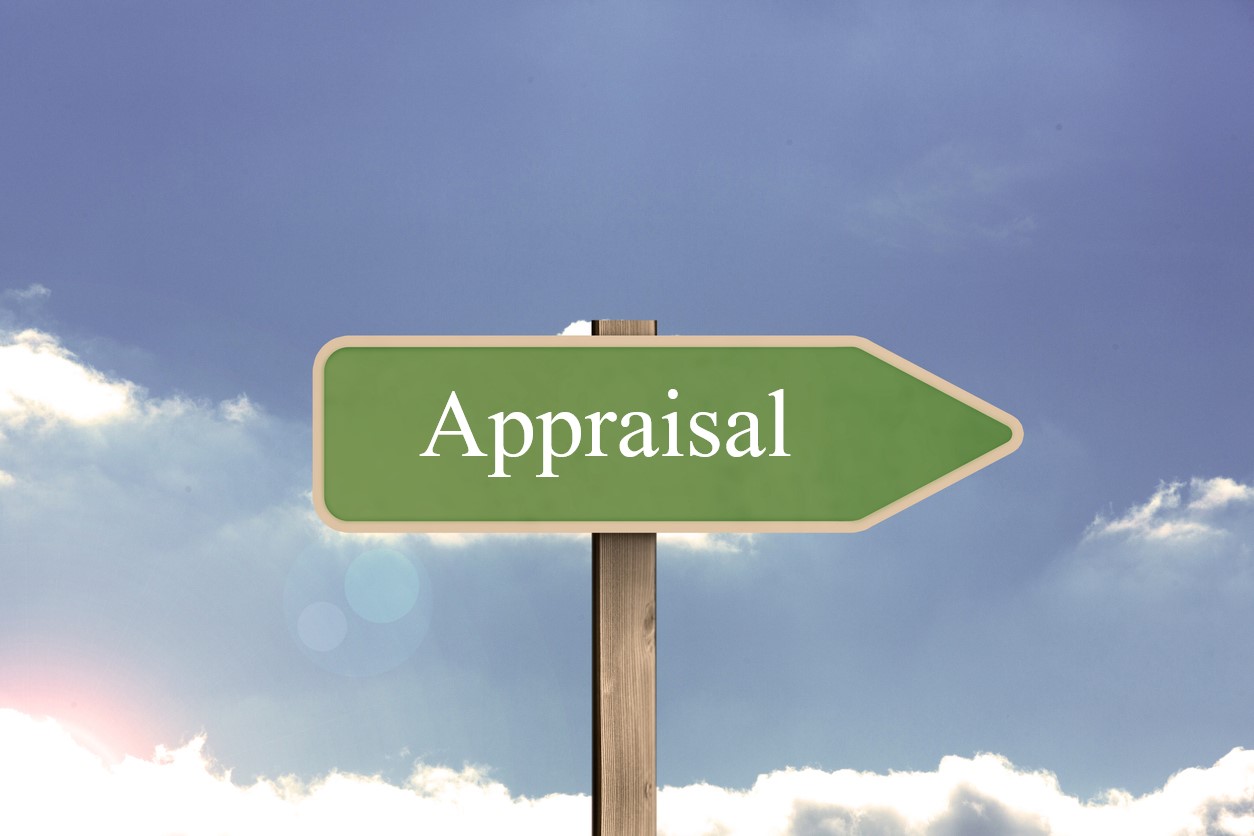One thing I learned during my two years as a young associate at Paul B. Butler & Associates (lka Butler & Pappas) was that saying you were a champion of saving the insurance company money by putting people in jail for insurance fraud or not paying based on the account of fraud made for happy insurer clients eager to send us more business. Insurance companies send business to claims vendors who go out of their way to say that the insurance company’s customers are frauds and deceitful people for any number of reasons. Actual insurance fraud is never right. Yet from the amount of it, which insurance claims vendors say is occurring, insurance companies must sell the most defective product in America if it magically transforms so many law abiding people into crooks.
At the appraisal panel I participated at the Windstorm Conference, Steve Badger seemed pretty emotional about a few matters where he felt that there is wrong conduct taking place. He sent a comment to my blog post, Impressions of The Windstorm Panel Involving Steve Badger and Jon Held:
Chip,
I enjoyed the discussion as well. Thanks for the invitation to participate.
As you could tell, these two issues (grossly increased/inflated measures and unilateral umpire appointments) really bother me. They represent pure gamesmanship to manipulate the appraisal process to gain a tactical advantage in the process. That is absolutely wrong. It is not consistent with our agreed objective of getting to ‘an honest and fair award’.
Like you, I have no problem with an appraiser having a reasonably different estimate than the claim professionals of the same damage that led to the dispute and resulting appraisal process. Of course that can happen. But that is not what we are seeing. My examples used in the webinar, and many others, involve a gross inflation of the claim measure. Are we to believe that in the one example the experienced public adjuster was so bad that his measure was short by over $50m? Wow. No one should use him any more if he’s that bad. In the other, are we to believe that the attorneys who were litigating the matter, before they demanded appraisal on the eve of trial, hired an incompetent litigation damages expert whose number was less than 20% ($45m less) of what the appraiser found the damages to be?
We both know what’s going on here. It’s the law of large numbers. Come up with a crazy high number and then make the original claim measure number look good to the umpire. It’s wrong. And in some cases its fraudulent. Sadly, there are policyholder appraisers who routinely do this and get lots of business. If an appraiser I was hiring told me that our measure buying or repairing a roof was wrong and the correct measure was zero in every claim, I would stop hiring him. Plus, in the rare case where an insurance company appraiser measures a claim at less than the insurance company’s stated measure, the other side goes nuts and says ‘you can’t do that’.
Well, if the policyholder appraiser can increase their measure by 100%, or sometimes 500%, then what’s fair is fair.
Likewise, entirely new damage components should not be included for the first time in appraisal. There is no dispute as to those claim components as they were never adjusted. They should be returned to the adjustment process for evaluation. Then appraised.
In a comment responding to Steve Badger, John Minor apparently has some inside knowledge why Steve Badger’s public example about a huge increase is wrong:
Or it could be the difference between $3 a square for coating a roof and $35 a square for replacement including code and interiors on 50 and 70 year old school buildings X big SF. Maybe it’s that?
Minor was picked by the insurance industry as an expert on roofs in a theoretical, and then actual live analysis of roofs which could withstand 150 mph winds. This study was at the University of Florida and had a number of engineering experts who State Farm had retained in Hurricane Katrina litigation. Given Minor’s expertise and the insurance company trying to get away with repairing a roof with foam, I would suggest that there probably are more facts to the rest of Steve Badger’s example.
I once had a large case go into an appraisal where the insurance company said the damages were less than the deductible. The Board had called me because their roofs were falling in and many residents were not able to live in their units. The evidence revealed that the independent adjuster had a lame leg and never went on any of the roofs—he adjusted on a golf cart with a maintenance man. The award was for over $24 million. I am certain that somebody at the independent adjustment firm had to find an excuse about the huge increase and probably made up an opinion about me rather than look at the hard truth that they failed to do their job: Find all of the customer’s damages.
There are also umpires at appraisals. When I attend claims conference where umpires talk about their role, they often note the wrongfulness of “the losing side” blaming the umpire when the evidence, with photos, videos, and documents supported a finding—much higher or lower than the claimed determinations by insurers or policyholders. They often talk of the credibility lost when an adjuster does exactly what Badger complains about—making up non-credible damage claims and estimates. Umpires using common sense will know they cannot trust anything a person says if claims are just wrongfully inflated or underestimated.
Finally, it has been my experience that initial estimates and views of damage can be wrong for a number of reasons, not the least that a public adjuster or policyholder does not have the funds to pay engineers and experts to do a proper job. A typical example is windows of large buildings subject to windstorm damage. It can cost hundreds of thousands of dollars to make such an analysis of large structures. Insurance companies do not want to pay for that type of analysis and simply leave that aspect of a loss out of their estimate of damage.
Earthquake damages to large structures are usually underestimated for the very same reason—the cost to determine whether the damage exists is significant. One can spend a lot of money and find there Is little or no damage. But you have to spend the money for that investigation to show how much there is and how to fix the damage. Changes up and down of estimated earthquake damage can be significant by paying the high costs to do a proper investigation.
So, I have to disagree with Steve that “we both know what’s going on here.” And when intentional overestimating is going on, I suggest that there is also a lot of intentional underestimating going on as well. I bet we both agree that “two wrongs do not make a right.”
Thought For The Day
And I think both the left and the right should celebrate people who have different opinions, and disagree with them, and argue with them, and differ with them, but don’t just try to shut them up.
—Roger Ebert





